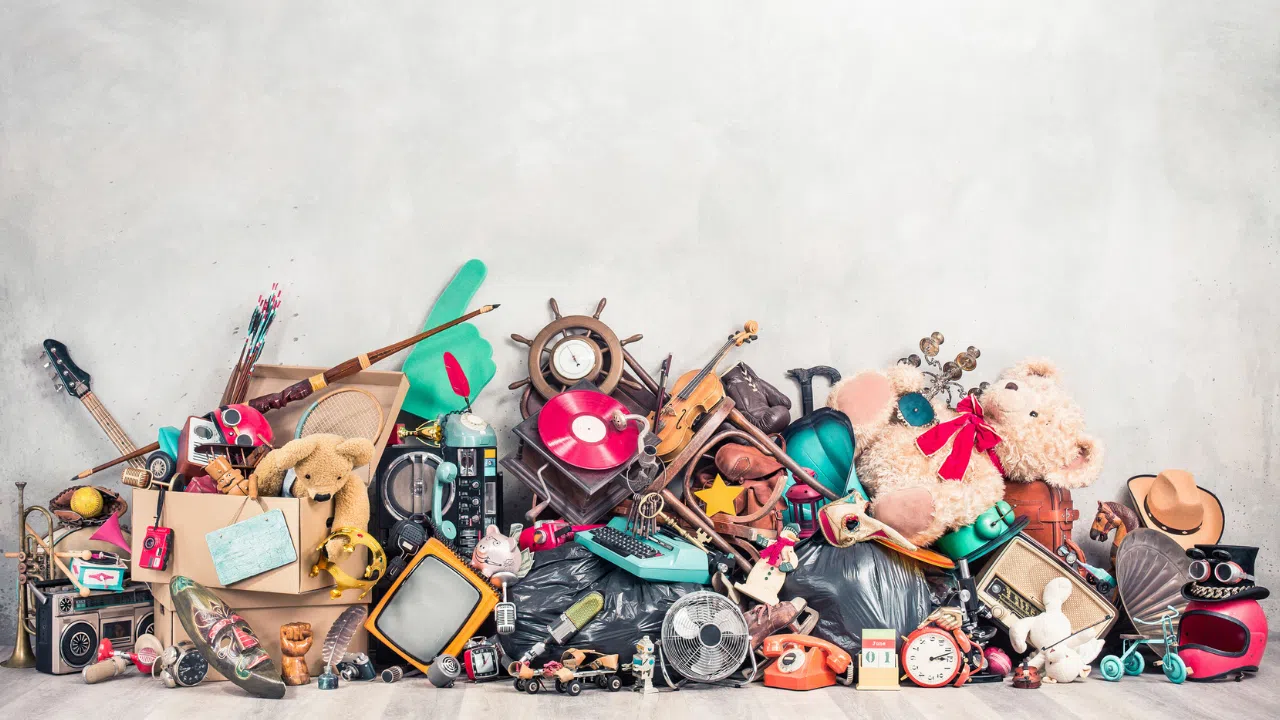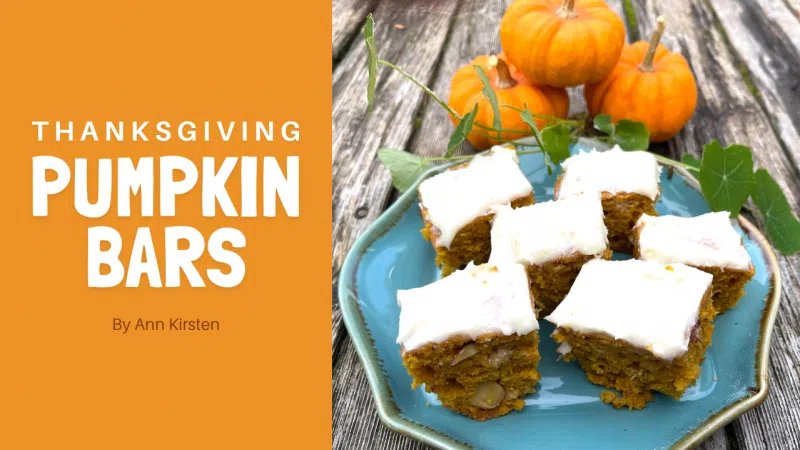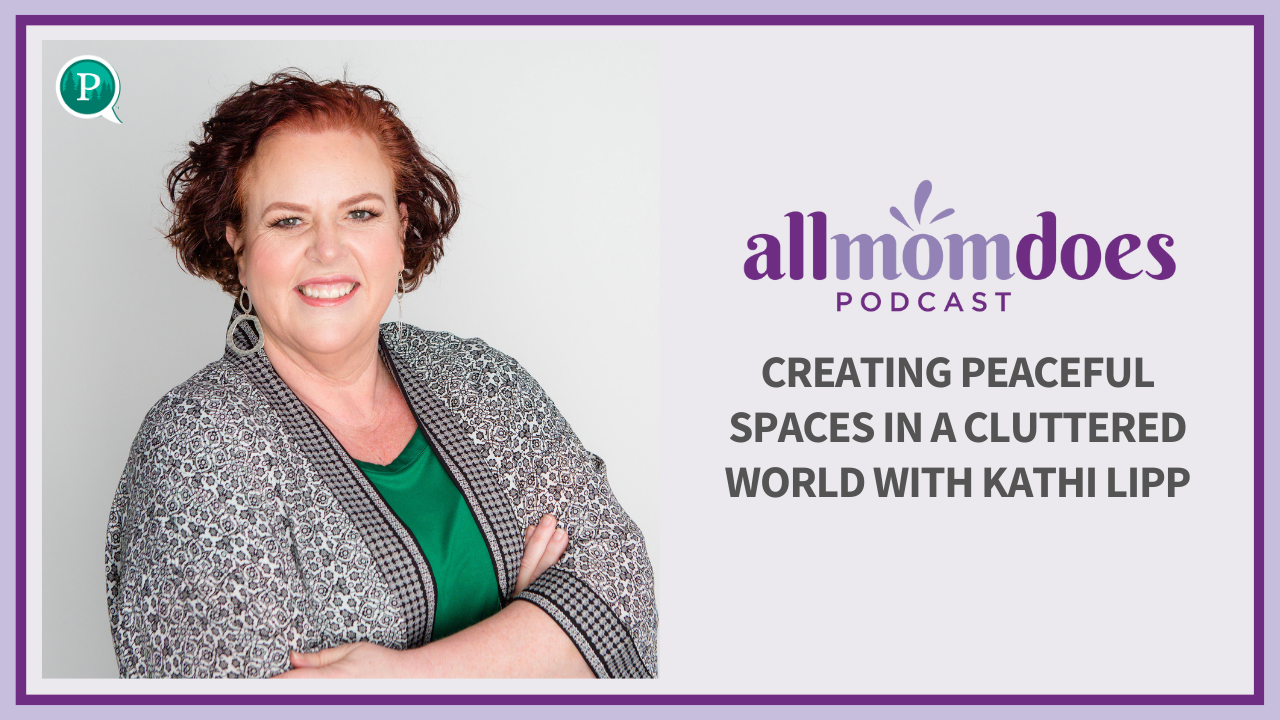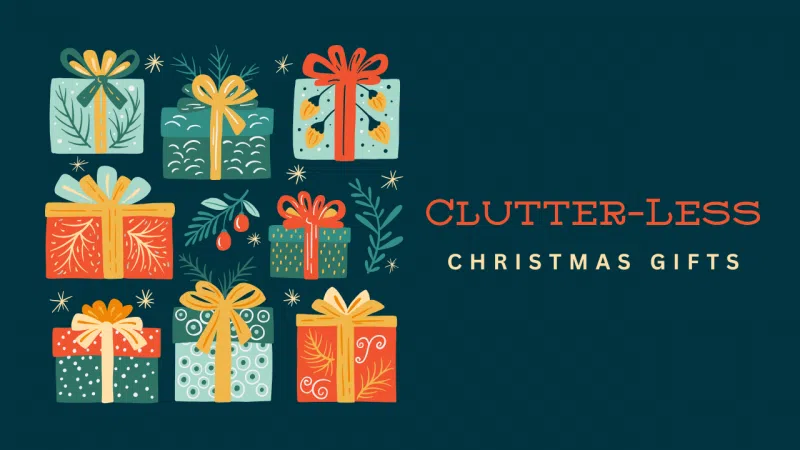“Do not lay up for yourselves treasures on earth, where moth and rust destroy and where thieves break in and steal, but lay up for yourselves treasures in heaven, where neither moth nor rust destroys and where thieves do not break in and steal. For where your treasure is, there your heart will be also.” Matthew 6:19-21
That final sentence is powerful: “For where your treasure is, there your heart will be also.”
With shows like Hoarders, plus the multitude of social media articles that deal with cleaning and organizing, it’s no wonder that we are more aware than ever before of how much “stuff” we own. Where DO we draw the line between “too much” and “just enough” and at what point do we become: a HOARDER?
Compulsive hoarding affects 6 to 15 million people in the U.S. alone.
Most of us have watched hoarding shows and thought, “Well, I’m certainly not THAT bad!” For a short time we feel better about the messes in our own homes. So, how do we know when we’ve stepped over the line into hoarding?
Here are some facts about hoarders that will help you understand the differences between delightfully messy and hoarding.
First, the Mayo Clinic’s definition of hoarding is this, “A persistent difficulty discarding or parting with possessions because of a perceived need to save them. A person with hoarding disorder experiences distress at the thought of getting rid of the items. Excessive accumulation of items, regardless of actual value, occurs.”
You watch hoarding shows. If you find yourself watching shows on extreme hoarding, you may be watching to convince yourself that you haven’t joined that club.
You have other family members with hoarding tendencies. It’s a weird fact that hoarding tends to run in families. It’s unsure whether there is a genetic reason for this or whether the behavior has been modeled for them, but often hoarders can look in their family tree and find other people with the same issue.
You have a difficult time throwing anything away. If the thought of trashing something sends you into a panic and you feel anxiety, panic, or even anger at the mere thought of getting rid of your clutter, you may have crossed the line.
Much of what you own actually IS trash. If you find value in items others would consider trash, you may be a hoarder.
Compulsive hoarding often manifests during the childhood-teen years and progresses as you age. Quite possibly, you were a “collector” as a child, and your collections have grown over the years. Once you reached adulthood, the “collecting” intensified.
You are (overly) sentimentally attached to your possessions. A common symptom of hoarding disorder is the belief that inanimate objects possess “feelings”. You worry that if you declutter your possessions, you will end up disappointing them. Each of your items has a story (in your mind).
You lack a concrete organizational system. In your home, chaos reigns. Your past (earnest) attempts at organizing the clutter have been unsuccessful.
You may deny the fact that you have a problem. Most hoarders refuse to admit they have a problem, even though their friends and loved ones may have been (repeatedly) trying to tell them so. I once had a hoarding friend tell me that because she can throw garbage away that meant she was not a hoarder (she is).
You are a perfectionist. This is a weird one. How can a hoarder be a perfectionist? Yet often perfectionists are frozen with inactivity because: “If you can’t do it perfectly, don’t do it at all.”
You procrastinate. If you are paralyzed with inaction, it makes it impossible to organize or clean up your “stuff”. I admit I have this issue.
You own too many pets. Some hoarders hoard animals as well. Even two animals is too many if you aren’t equipped to care for them properly.
You are a compulsive shopper. You just can’t pass up a “bargain” even if it’s not something you need.
You have OCD, an addictive personality or anxiety. Until recently, it was thought that all hoarders have OCD. That is not true. Hoarders do suffer from at least one other mental condition though.
You feel safer surrounded by stuff. Many hoarders quite literally build walls around themselves with things. Stacks of newspapers, magazines, etc. become walls within walls.
You fear you’ll run out of an item. As a result you may stockpile things like toilet paper, underwear, soap and toothpaste.
You don’t want anyone touching your stuff. If you have watched any hoarding shows, you have probably seen the sweet hoarders go ballistic when someone attempts to clean their “treasures”. Some go so far as to dig through the garbage to make sure no one has thrown their stuff away.
You have distanced yourself. You do not entertain or invite friends or family to your house. A part of you is embarrassed at the mess and you know it is not “normal”.
Your hoarding has had a negative effect on your relationships. Hoarding affects marriages and children. Even the threat of divorce or losing a child is not enough to convince the hoarder to clean up.
Your home has become a safety hazard. From water damage to mold and rodent infestation, it’s hard to maintain a safe home when it’s covered in junk.
Rooms cannot be used as they were intended. Clutter has blocked the stove, the fridge, the bed or the shower and the rooms have become useless.
I spoke to a counselor who said that hoarders are very hard to treat. Their issues are very deep-seated, and they have trouble admitting they have a problem.
As I researched this subject though, I found an article written by a former hoarder. She recognized that she needed help, and she found a counselor AND a professional organizer to work with her. Her life has been transformed. She is not only happier, but she feels a peace that she hadn’t felt in decades.
Success stories should give hope to anyone suffering with hoarding tendencies. With help, no one has to live as a victim to their “stuff”. Remember:
“ … (there is) a time to keep and a time to throw away,” Ecclesiastes 3:6
“As goods increase,
so do those who consume them.
And what benefit are they to the owners
except to feast their eyes on them?”
Ecclesiastes 5:11
PIN THIS!
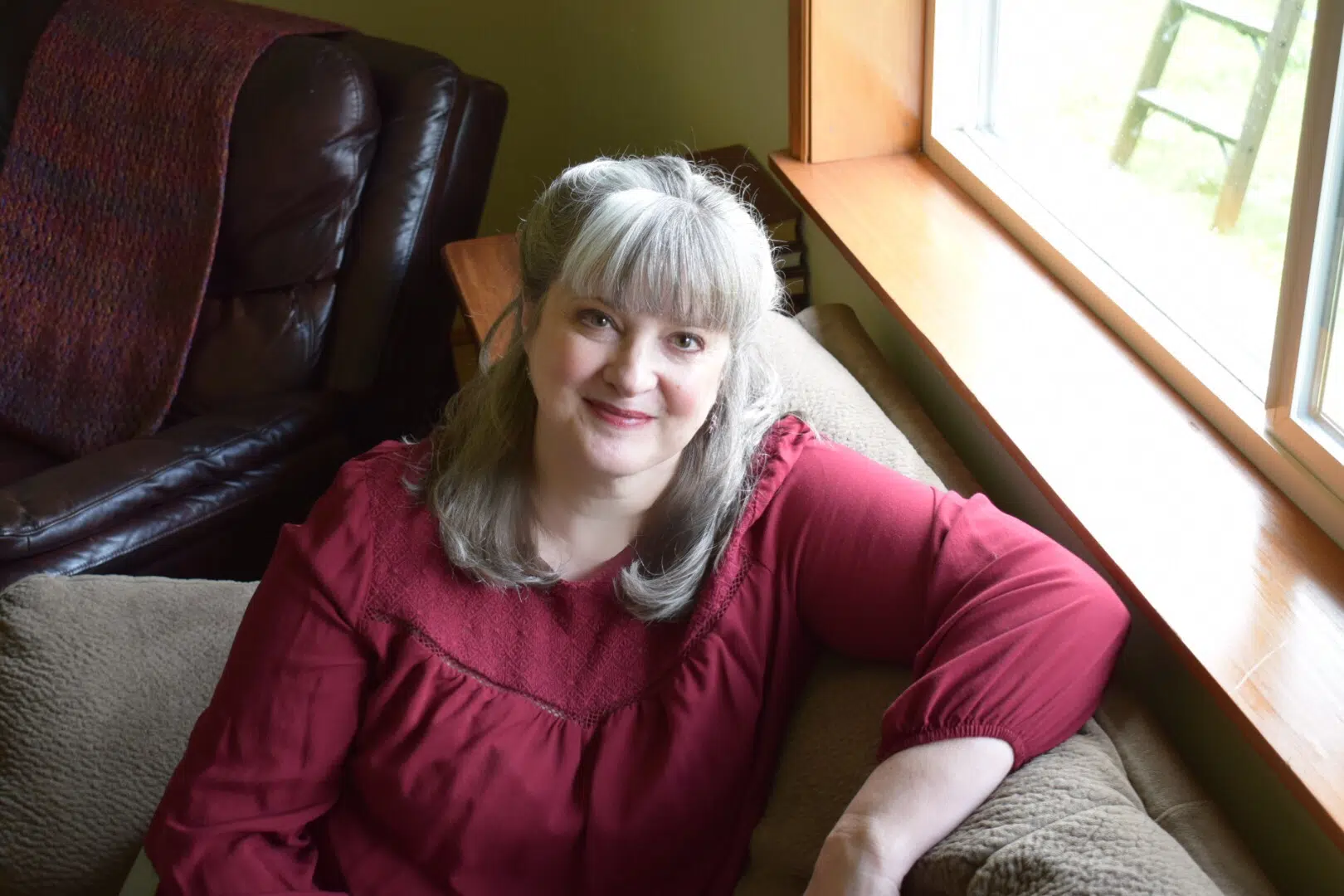 Read more of Ann’s contributions to AllMomDoes here.
Read more of Ann’s contributions to AllMomDoes here.
